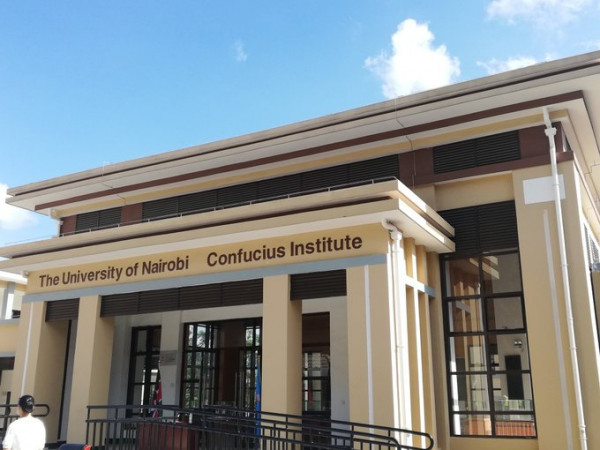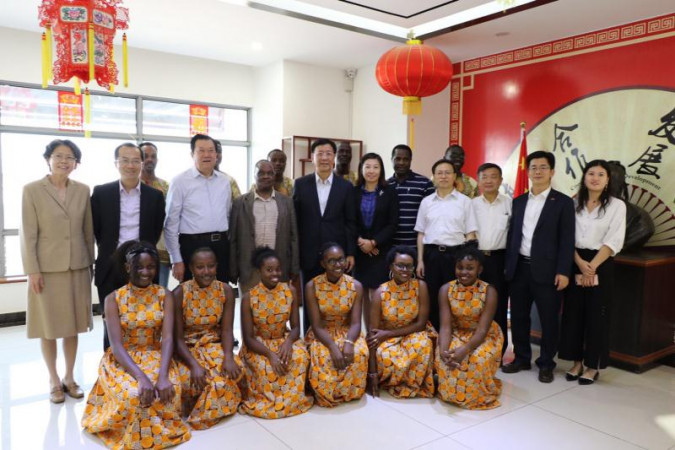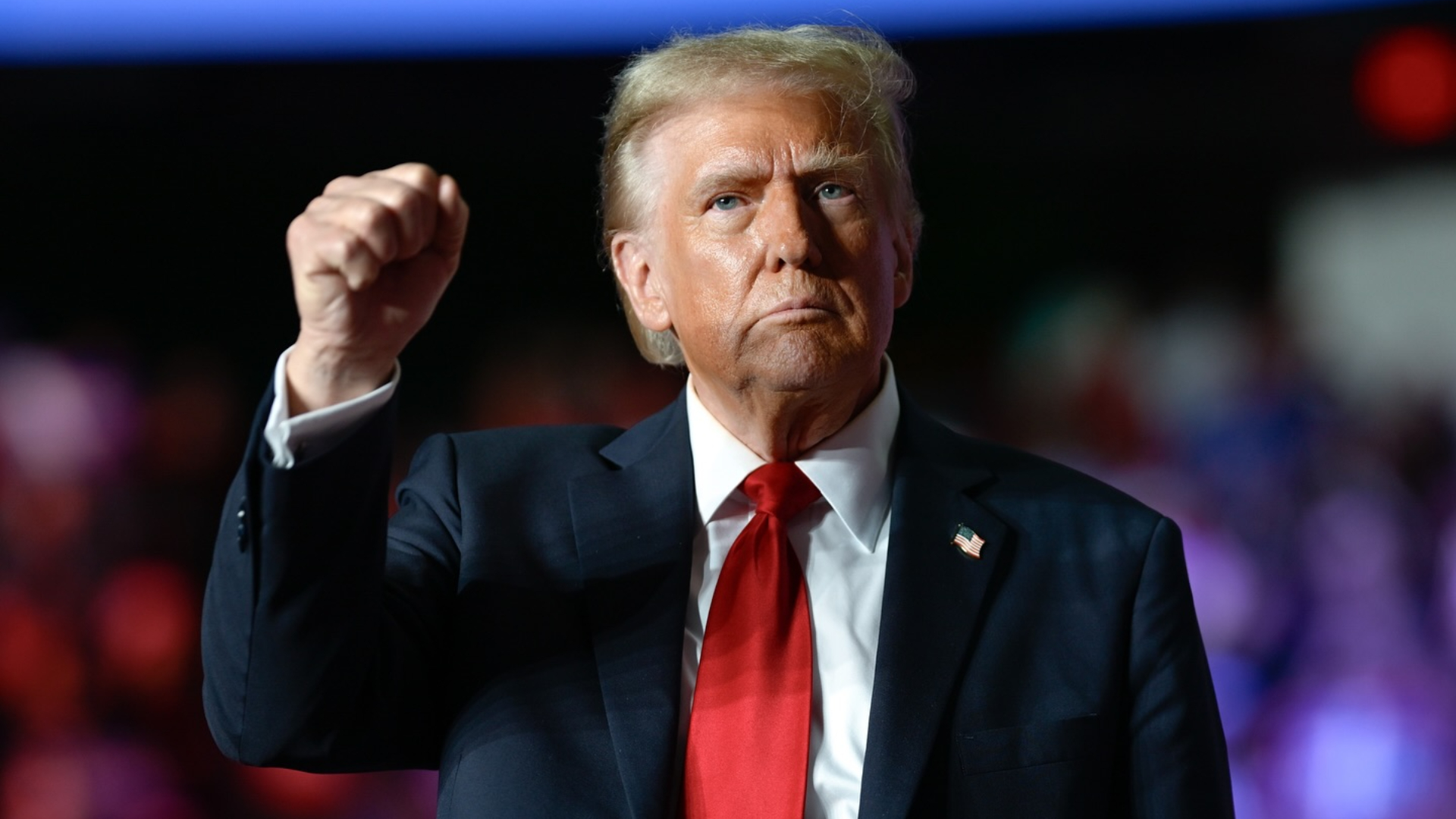Chinese language and culture get an unlikely boost

For a couple of years now, the COVID-19 pandemic has resulted in a lot of interest about China. Ever since the official discovery of the novel coronavirus in Wuhan City, Hubei Province in Central China, the Chinese government has pulled all stops, both at home and abroad, to help in combating the pandemic.
Interestingly, the annual United Nations (UN) Chinese Language Day, which will be celebrated on April 20, comes at a time when the world is analyzing China’s success in tackling the pandemic. The world is fast learning a new way of doing things across the socio-economic divide as it watches China’s best governance practices in the ongoing crisis.
The UN Chinese Language Day is marked through a series of painting exhibitions, learning forums, special lectures, and fashion shows aimed at exposing ancient Chinese culture to the world. The main aspects of Chinese culture include architecture, medicine, music, literature, cuisine, visual arts, philosophy, and religion.
The Day this year will celebrate the contribution of Cang Jie, the originator of Chinese writing, in creating characters during the “Grain Rain” (Gu Yu) of the 24 lunar seasons. The occasion is marked alongside the annual UN Language Day, which commemorates the use of multiple languages and cultural diversity of the six official languages in the UN – Chinese, English, French, Spanish, Russian, and Arabic.
Chinese was established as one of the official UN languages in 1946. It is the most widely spoken language by a single country, an estimated 1.4 billion people. In 2009, the UN Education, Scientific and Cultural Organization included the three millennia old Chinese calligraphy in the “Intangible Cultural Heritage List.”
As China’s economy, infrastructural, and technological genius expands globally, there is a corresponding awareness of the pervasive and unique Chinese culture. The increasing acceptance of Chinese culture and ideology globally has been made possible by mutual understanding, rather than through assimilation and replacement usually used by hegemonic cultures. One of the main vehicles of Chinese cultural influence is the Mandarin teaching Confucius Institute, which has an estimated 500 institutions located in the six continents.

The fact that almost all Confucius Institutes are based in university campuses underscores not just their universal outlook, but also their connection to, and empathy with, local communities. This “glocalization” draws on the synergies of both worlds – academia and everyday lives of the people. The Institutes are also the main centers and vehicles of cultural exchange with China’s friends.
Chinese fashion has also captured the imagination of the world. For instance, it is currently not unusual for celebrities and leaders across the world, particularly politicians, to wear the Mao suit as a formal or semi-formal dress. Previously a symbol of China’s communist revolution, the Mao suit is now widely accepted as a universal fashion statement.
Top Chinese brands have also captured the world’s imagination, and are competing at the same level with leading Western brands. Both media and production houses are signing deals with their Chinese counterparts to carry the latter’s news and movies locally. The growing popularity of Chinese news and drama shows that people want something different and aligned with constantly changing realities.
Indeed, Chinese culture is not insulated from external influence. Even with its proud identity, the influence of Westernization is evident in its top cities. For example, on my first trip to Beijing and Nanjing in mid-2019, I saw the infusion of Western lifestyles in the numerous top brand houses and eateries in the central business districts.
In addition to education as espoused in the Confucius Institutes, leadership and training are increasing components of Chinese cultural influence. Countries are learning and adopting the Chinese governance model based on “fair and equitable governance that reflects the realities of modern times.”
Chinese diplomacy is also on the rise, based on the key principles of the country’s foreign policy: peaceful coexistence; mutual respect for sovereignty and territorial integrity; mutual non-aggression; non-interference in each other’s internal affairs; equality and mutual benefit and; peaceful coexistence.
The Chinese work ethic has exerted influence on both governments and private sectors internationally. The hard working, focused and disciplined approach has made Chinese infrastructure companies a favorite for many countries.
Incidentally, COVID-19 has opened another window for Chinese cultural influence, through “health and medical diplomacy”. China has helped many countries to deal with the pandemic. In addition to millions of dollars’ worth of donations comprising vaccines, drugs, and both medical and personal protective equipment worldwide, Chinese doctors are inevitable heroes, celebrated for helping countries whose health systems almost succumbed to the weight of the pandemic.
The ultimate game-changer in centring Chinese influence is the Belt and Road Initiative (BRI). Now back on track after the pandemic’s disruption, BRI is enhancing connectivity by promoting synergies between China and partners in policy and infrastructure development. The BRI is also emerging the premier global avenue for unimpeded trade, financial cooperation and people-to-people exchanges, all working towards the well-being of all peoples.











